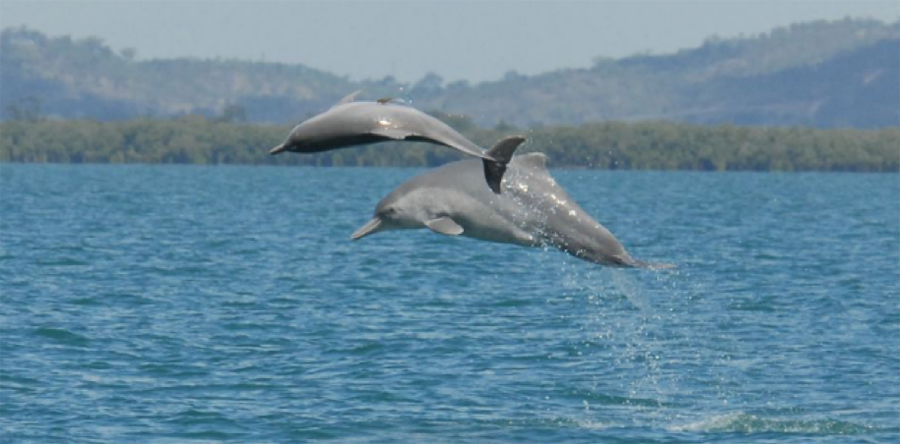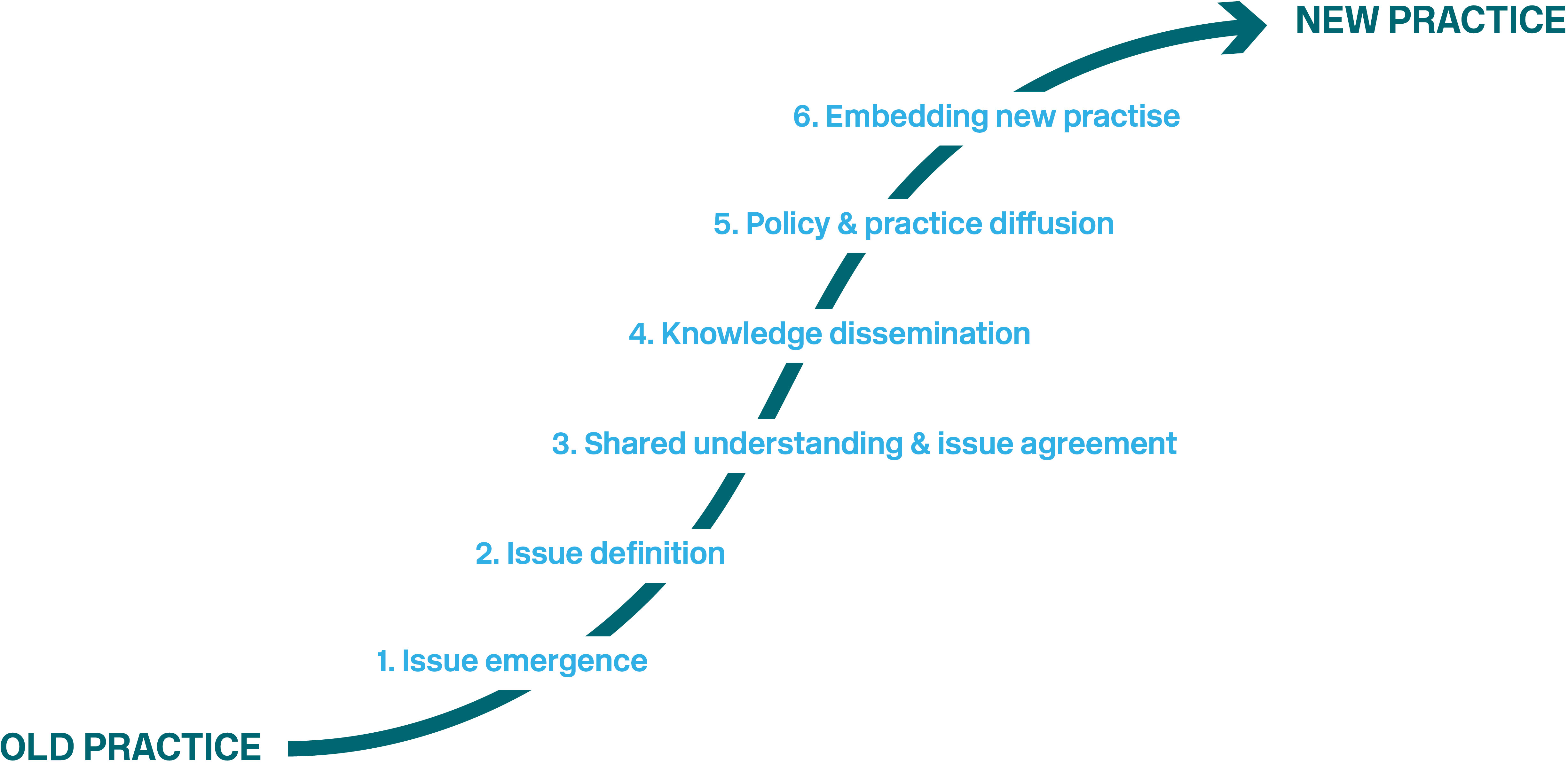South east Queensland looks to be a water sensitive region

The CRC for Water Sensitive Cities (CRCWSC) has begun work with the Queensland Government, south east Queensland councils and communities, water utilities and other stakeholders to prepare a water sensitive transition strategy for the region.
The transition for south east Queensland’s (SEQ) is in response to ShapingSEQ (DILGP, 2017), which is the regional plan for SEQ. Its chapter ‘The next 25 years’ includes the following Element:
|
Element 5: Water Sensitive communities Water management in SEQ will use innovative approaches in urban, rural and natural areas to |
Strategies
|
The chapter ‘Deliver’ includes the following strategy, and makes the CRCWSC responsible for it:
|
A water sensitive region To enable an integrated approach to whole-of-catchment planning and management that is capable of linking the ecology and hydrology of cities to their region while accommodating urban and peri-urban growth adapted to a changing climate. |
Investigate and principles for a water sensitive region and determine strategies for their implementation in SEQ. | Centre for Water Sensitive Cities (CRCWSC) |
Our CRCWSC Regional Manager in Queensland, Chris Tanner, explains:
SEQ has tremendous knowledge and expertise in water management, but this has been fragmented in recent years. We are facing large urban population growth that, coupled with climate change impacts, is putting significant pressure on the urban fabric and environment. On behalf of the State of Queensland, the CRCWSC is taking the lead role to determine strategies for a water sensitive region.
Becoming a water sensitive region is important to SEQ as it tackles the following three issues:
- SEQ is particularly vulnerable to climate change, given its growing population and coastal location.
- Moreton Bay is listed as a Wetland of International Importance but, as the predominant drainage point for SEQ rivers, it is susceptible to ecosystem changes (mostly driven by growing population impacts) in the inland waterways and bay.
- The current governance of water in SEQ is fragmented and includes significant contrary legislation and regulation. It is stifling innovation, and choking efforts to manage water better.
From our synthesis of these and other issues, we consider the SEQ region needs to address:
- challenges from population growth and climate change
- the protection of core values that enhance liveability and sustainability
- water governance, to embed the kinds of approach proposed by the CRCWSC for managing the issues.
The region’s completion of a water sensitive transition is vital for the liveability and prosperity of future generations of Queenslanders. The CRCWSC has the unique experience and knowledge to lead and deliver this work. Further, we want to do it with strong participation from the key stakeholders in water in the region.

We have formed a small working group to progress the SEQ water sensitive region strategy. The CRCWSC will lead the group, which includes key representatives from the Department of State Development, Manufacturing, Infrastructure and Planning (DSDMIP), Seqwater and the water utilities, major local authorities in the region and HL&W.
The working group will:
- determine, in consultation with DSDMIP, its own governance structure
- determine a whole of system planning approach
- obtain funding for the work
- engage with the relevant stakeholders
- mark out the key issues
- organise the work (and coordinate with other programs)
- deliver the workshops and implementation plan
- report to DSDMIP.
Then, to kickstart the transition process, the CRCWSC will host three preliminary workshops for the north, east/central/west and south parts of SEQ. These workshops will aim to:
- facilitate attendees’ common sense of purpose and understanding of the issues
- benchmark the current progress towards a water sensitive region
- establish an agreed set of actions or way forward.
We hope to involve universities, community and environment groups, and senior officers from SEQ utilities, local governments, and state government departments.
As a timeframe, we aim to complete the preliminary workshops and organising work in 2018, and the transition workshops, strategy determination and reports in 2019.
